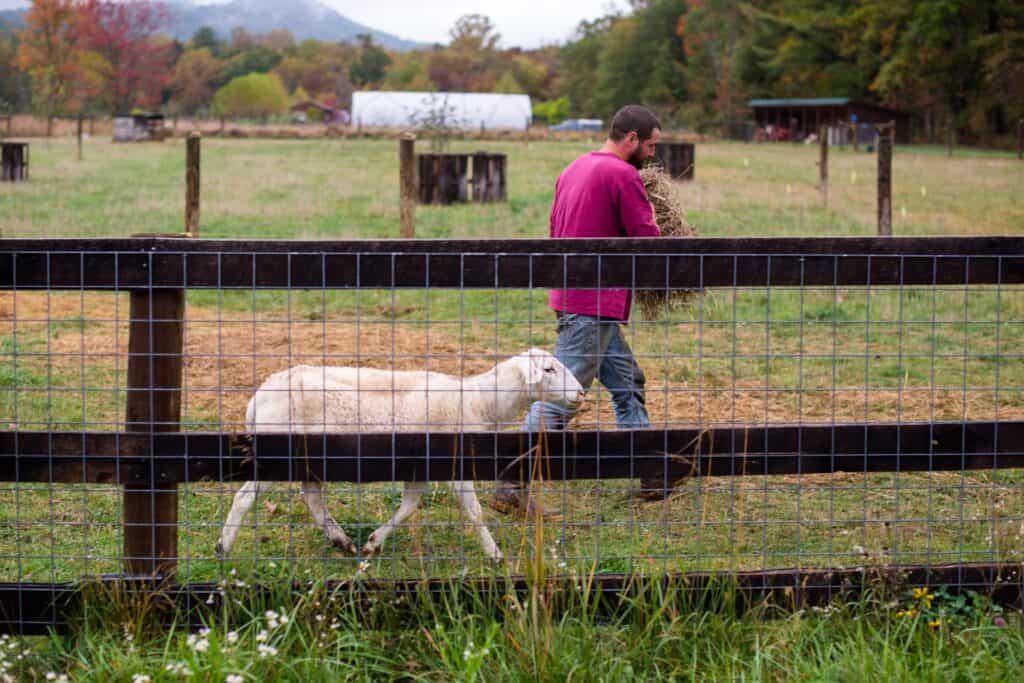Homesteading can be a very expensive proposition, especially if you’re just starting out. But even if you’ve been homesteading for a while, it’s important to keep track of your expenses and make sure you’re not spending more than you can afford.
One way to do this is to create a budget. This doesn’t have to be a complicated process – you can simply sit down and list all of your income and expenses for the month. Then, see where you can cut back on your spending or find ways to bring in more income.
Here are a few tips to help you create a homesteading budget:
1. Track Your Income and Expenses.
This is the first and most important step. You need to know where your money is going in order to find ways to save.
If you’re like most people, the word “budget” probably brings to mind images of deprivation and self-control. But a budget doesn’t have to be restrictive – it can actually be liberating. Having a clear picture of your income and expenses can help you make informed decisions about your money and provide a roadmap for achieving your financial goals.
First, track your income and expenses for a month, or even better, two months. This will give you a realistic idea of where your money is going. You can use a simple notebook or spreadsheet, or there are plenty of apps and online tools that can help you track your spending. Once you have a good handle on your cash flow, you can start making adjustments. You can use these 6 Budgeting Spreadsheets and Tools Everyone Should Be Using in 2022.
2. Identify your fixed and variable expenses.
Start by identifying your regular expenses, such as mortgage or rent payments, utilities, food, transportation, and so on. Then, look at your discretionary spending and see if there’s anything you can cut back on.
For example, if you’re eating out several times a week, could you cook more meals at home? If you’re spending a lot on entertainment, could you find some free or low-cost activities instead? Every little bit helps!
Examples of fixed expenses:
- Mortgage Payment
- Child Support
- Student Loans
- Personal Loans
- Monthly Subscriptions (Netflix, Hulu)
- Cell Phone Bill
- Insurance Premiums
Examples of variable expenses:
- Credit Card
- Utility Bills
- Rental Services
- Doctor Bills
- Medicines
- Child Care

3. Find Ways to Save On Your Fixed and Variable Expenses.
As anyone who has ever tried to budget knows, it can be a challenge to keep track of your spending. With fixed expenses, you might not need everything that you currently pay for. For example, you most likely don’t need to be paying for multiple video streaming platforms like Netflix and Hulu. You might even benefit from shopping around and saving on your cell phone bill. The first step is always identifying the costs and then looking for other options.
This is especially true for variable expenses, which can fluctuate from month to month. However, there are a few ways to help save on your variable expenses. One way is to set up a budget and track your spending so that you can see where your money is going. Another way is to shop around for better deals on things like insurance and utilities.
Finally, you can try to negotiate with creditors or service providers for lower rates. By taking these steps, you can help to reduce your variable expenses and stretch your budget further.
4. Bring in additional income.
Money is always tight when you’re homesteading. You have all the expenses of a regular household, plus the costs of keeping animals and growing your own food. If you’re not careful, it’s easy to end up in the red. That’s why it’s important to find ways to bring in additional income.
One option is to sell produce from your garden at a farmers’ market or roadside stand. You can also sell eggs from your chickens, honey from your bees, or meat from your rabbits. If you have extra space on your property, you could rent it out for camping or RV parking. And if you’re crafty, you could sell handmade items like soaps, candles, or knitwear. There are a number of ways to bring in extra money when you’re homesteading; it just takes a little creativity and effort. With a little planning, you can keep your homesteading budget in the black.
Another great way to earn more money is to do what I’m doing, blogging. Here is a great course to follow to create a full time income online in 24 months.
5. Make a plan.
Once you’ve created your budget, make a plan for how you’ll stick to it. This may mean setting up a system for tracking your spending, setting aside money each month for specific expenses, or making other changes to your habits.
Creating and following a budget can be a challenge, but it’s important to do if you want to be successful at homesteading. By taking the time to track your income and expenses, you can make sure you’re not spending more than you can afford and make adjustments as needed. With a little planning and effort, you can create a budget that works for you and helps you achieve your homesteading goals.
Now that you know how to create a homesteading budget, put your plan into action and see how it goes. Remember, it may take some time to get used to tracking your spending and sticking to a budget, but it’s important to persevere. With a little effort, you can make your homesteading dreams a reality.
